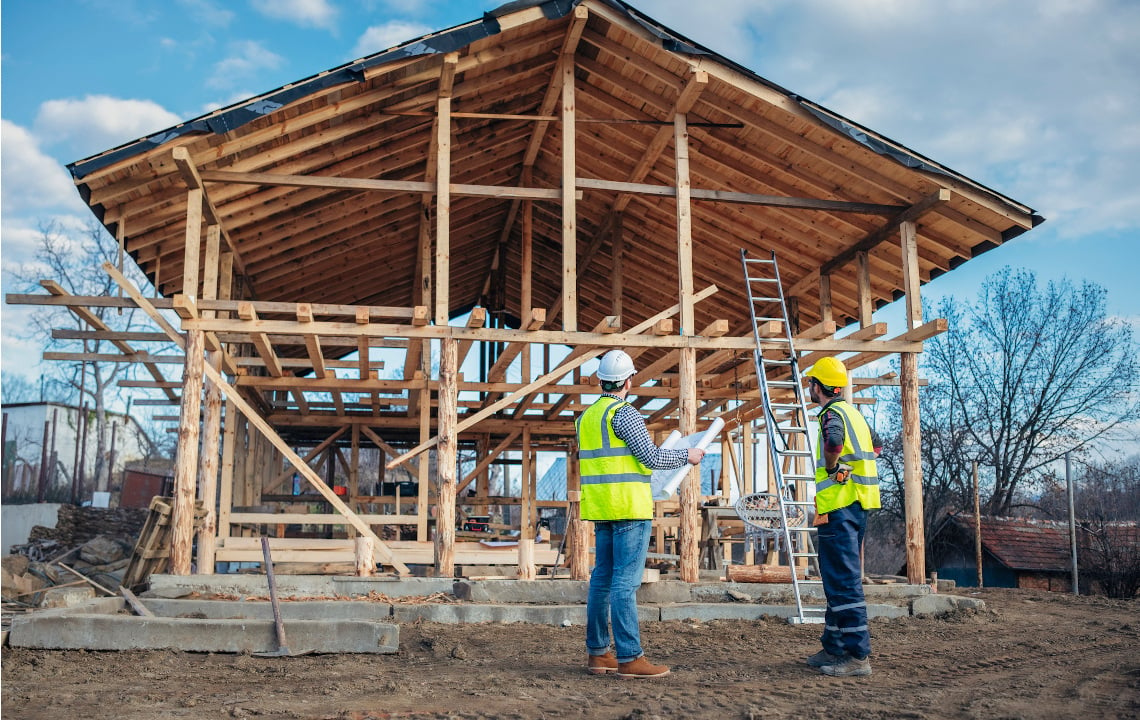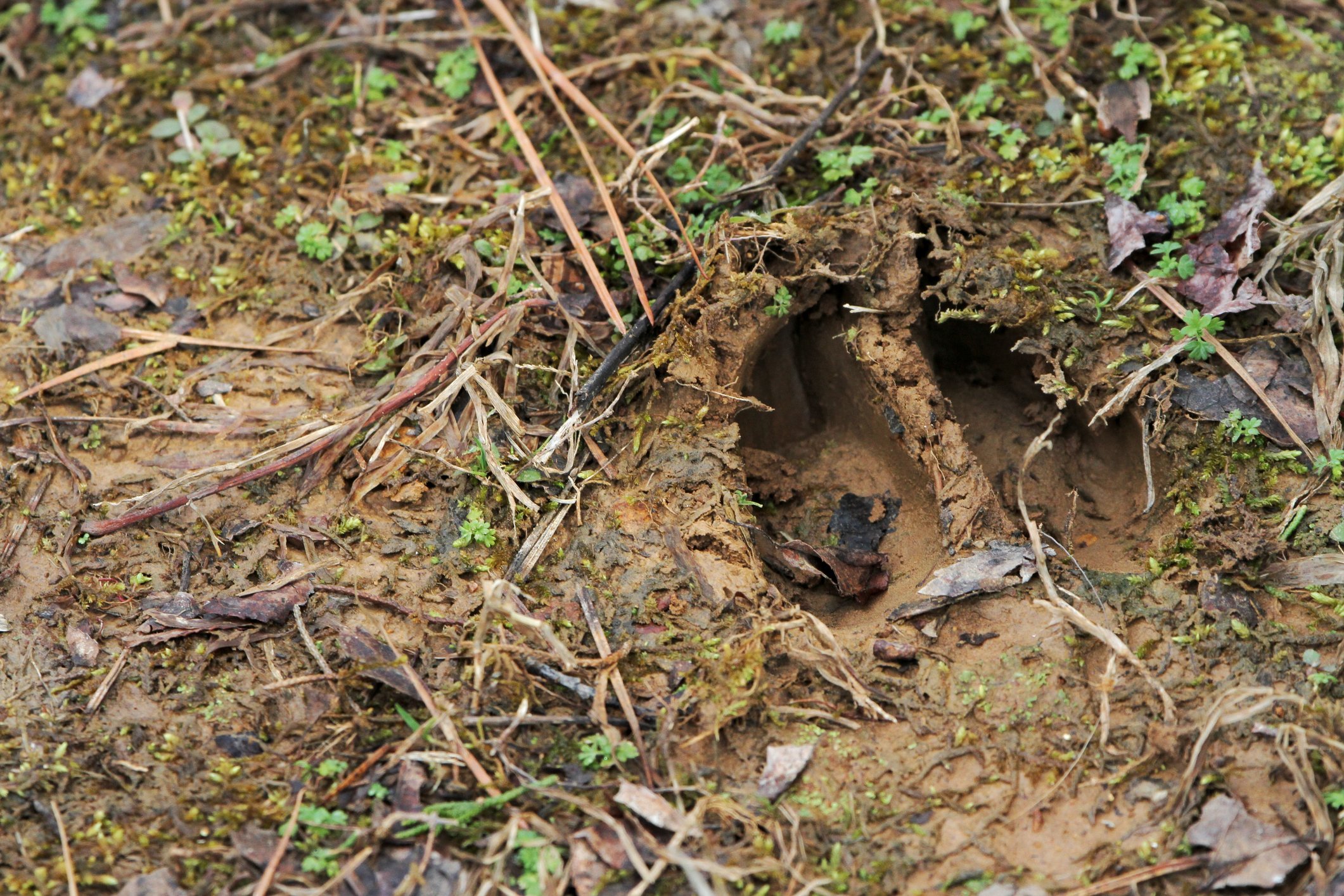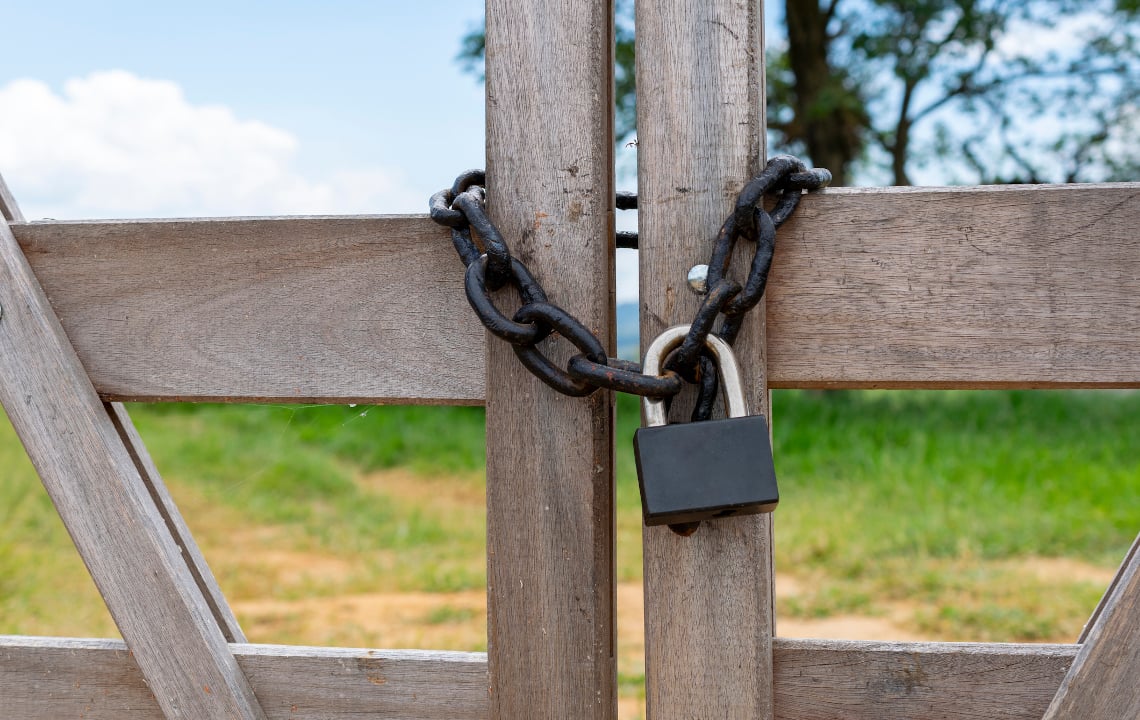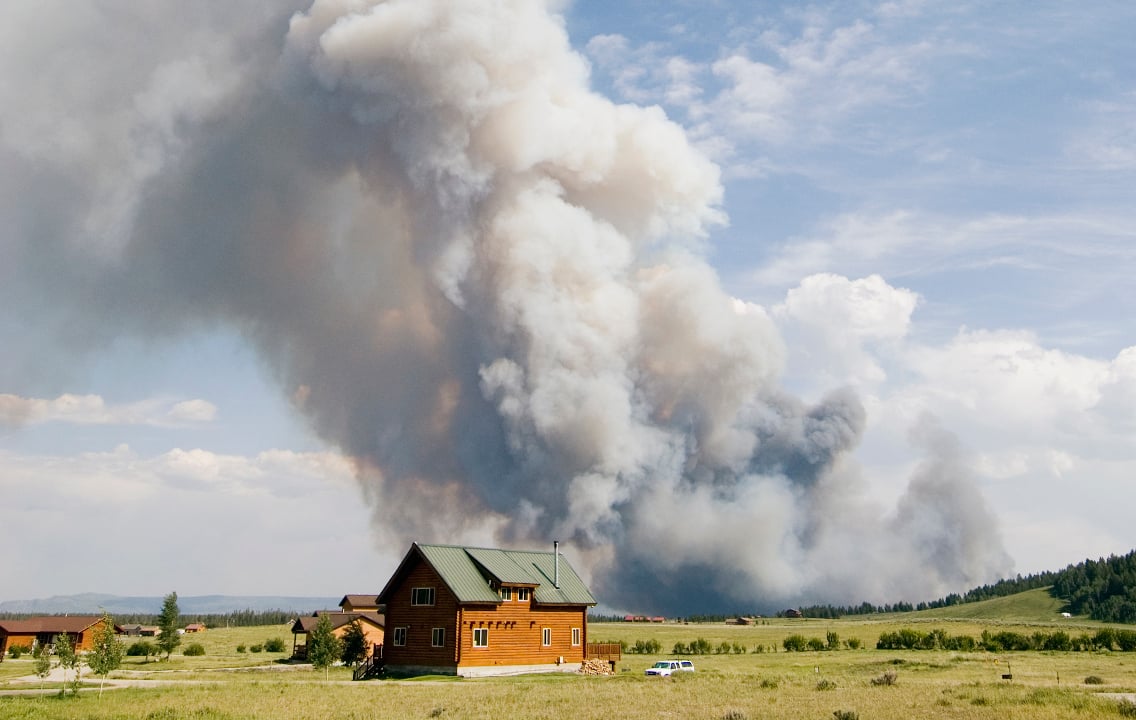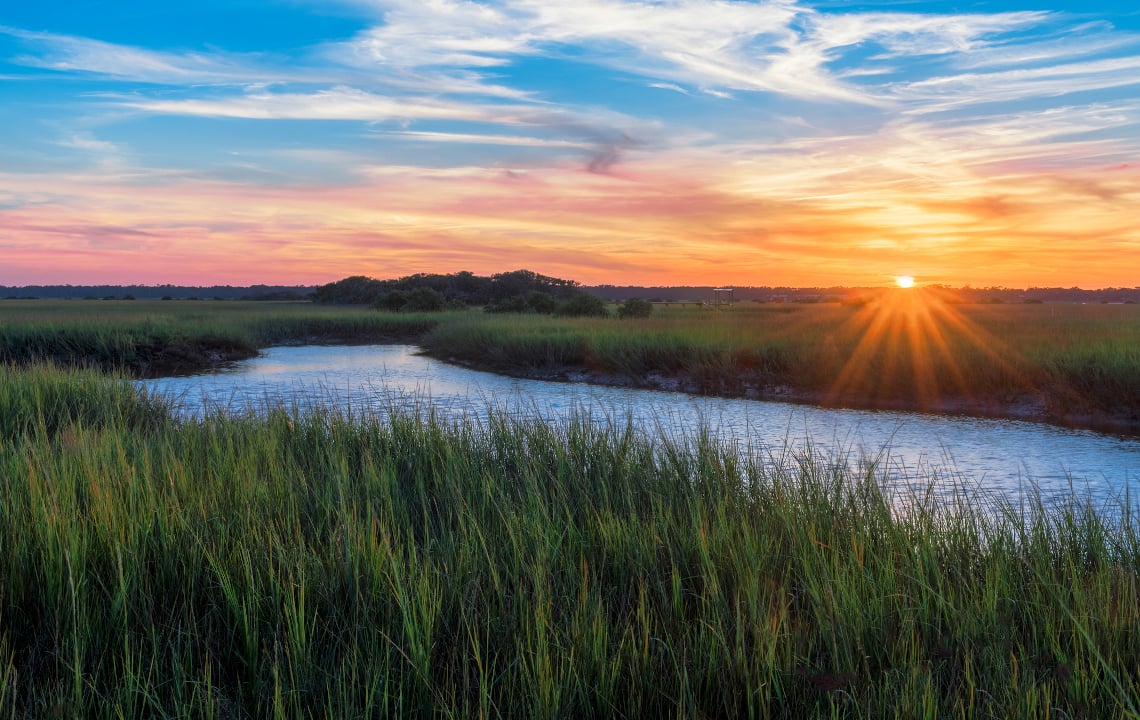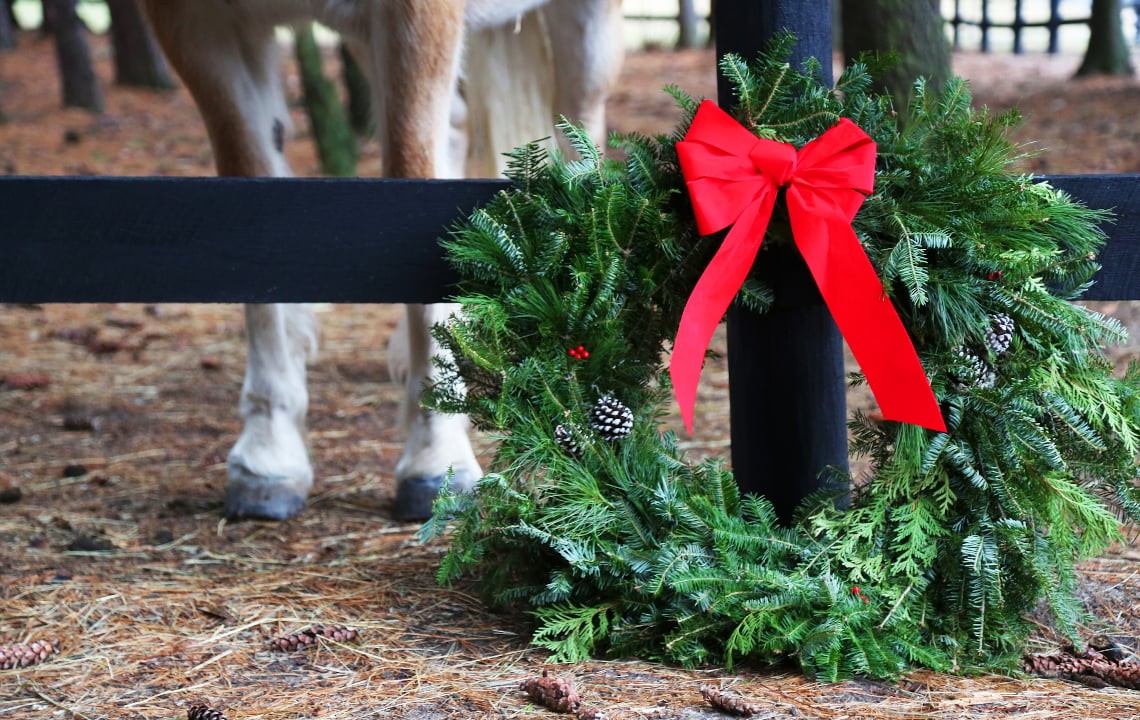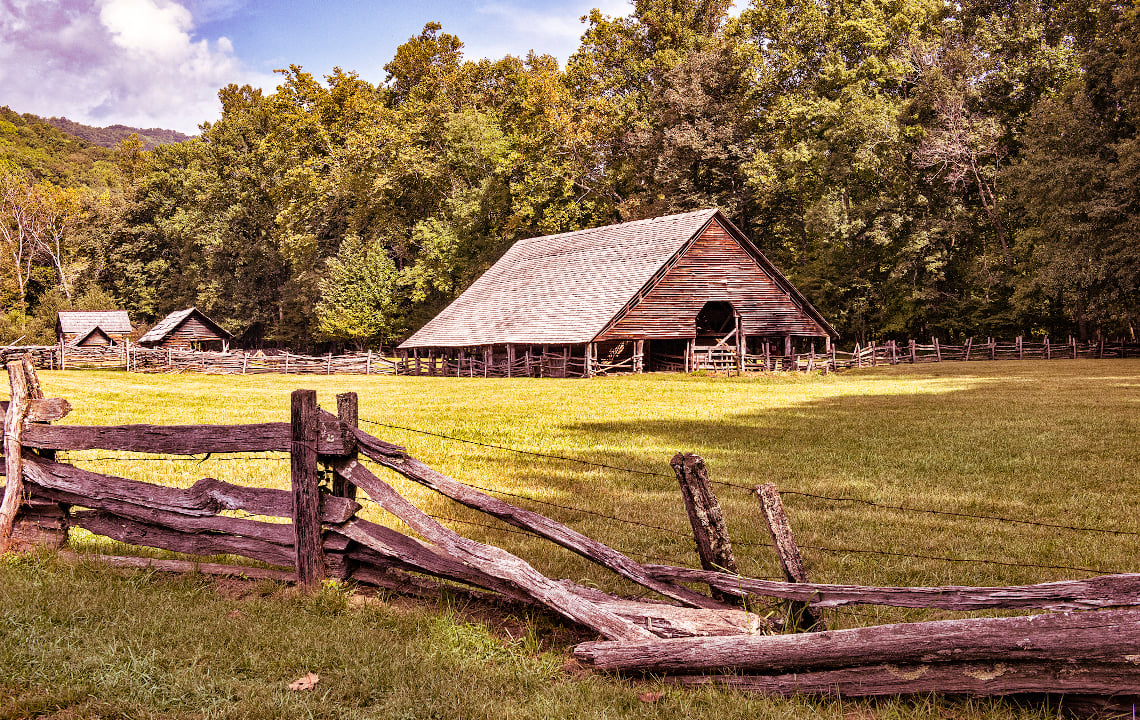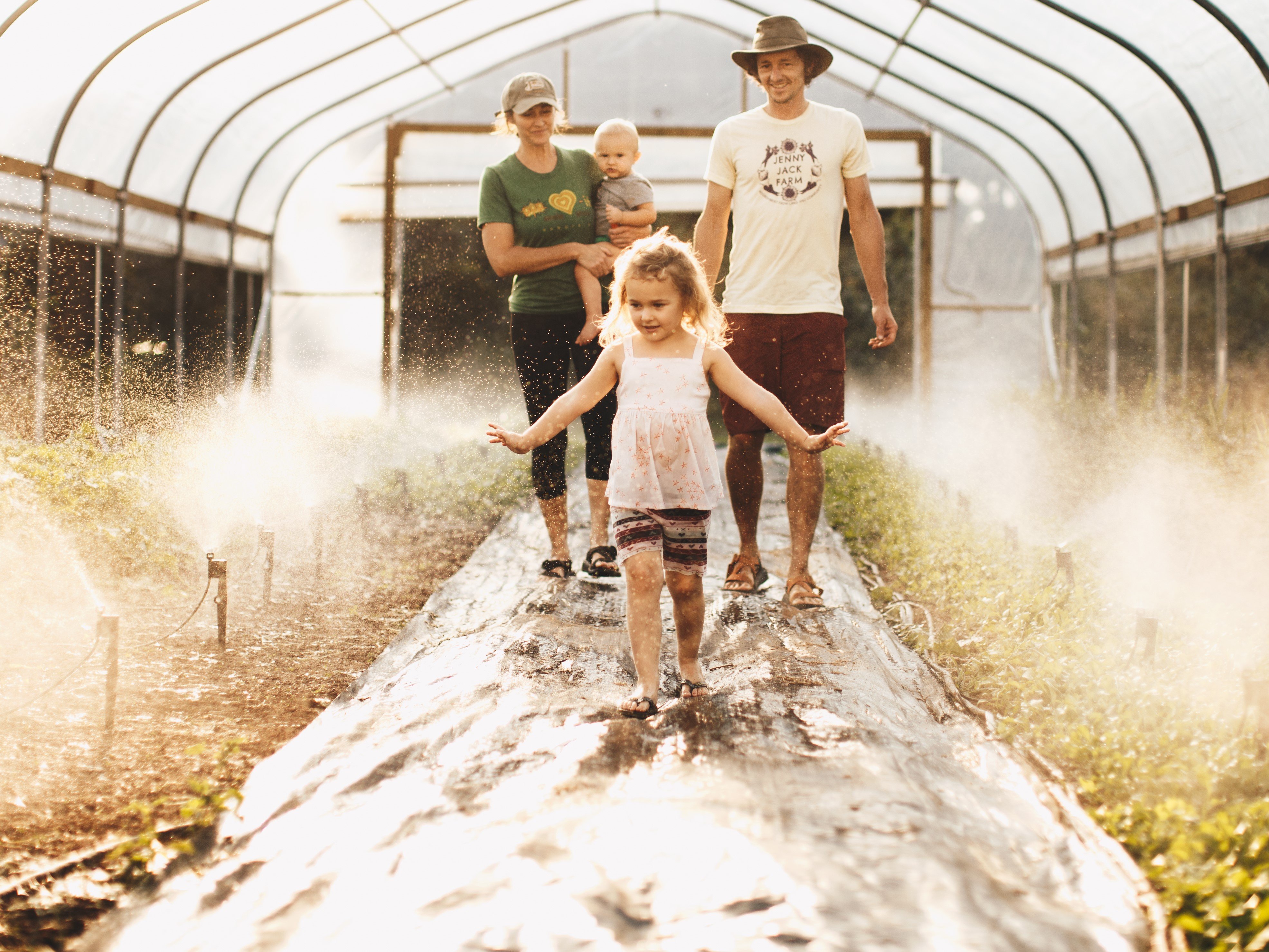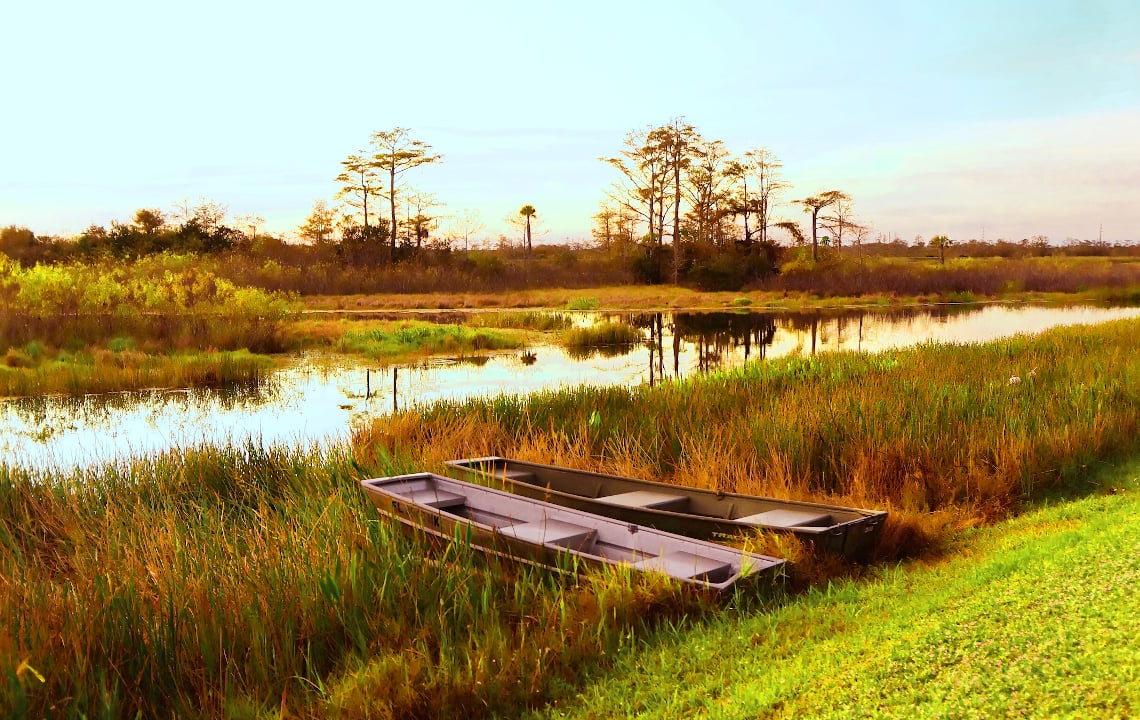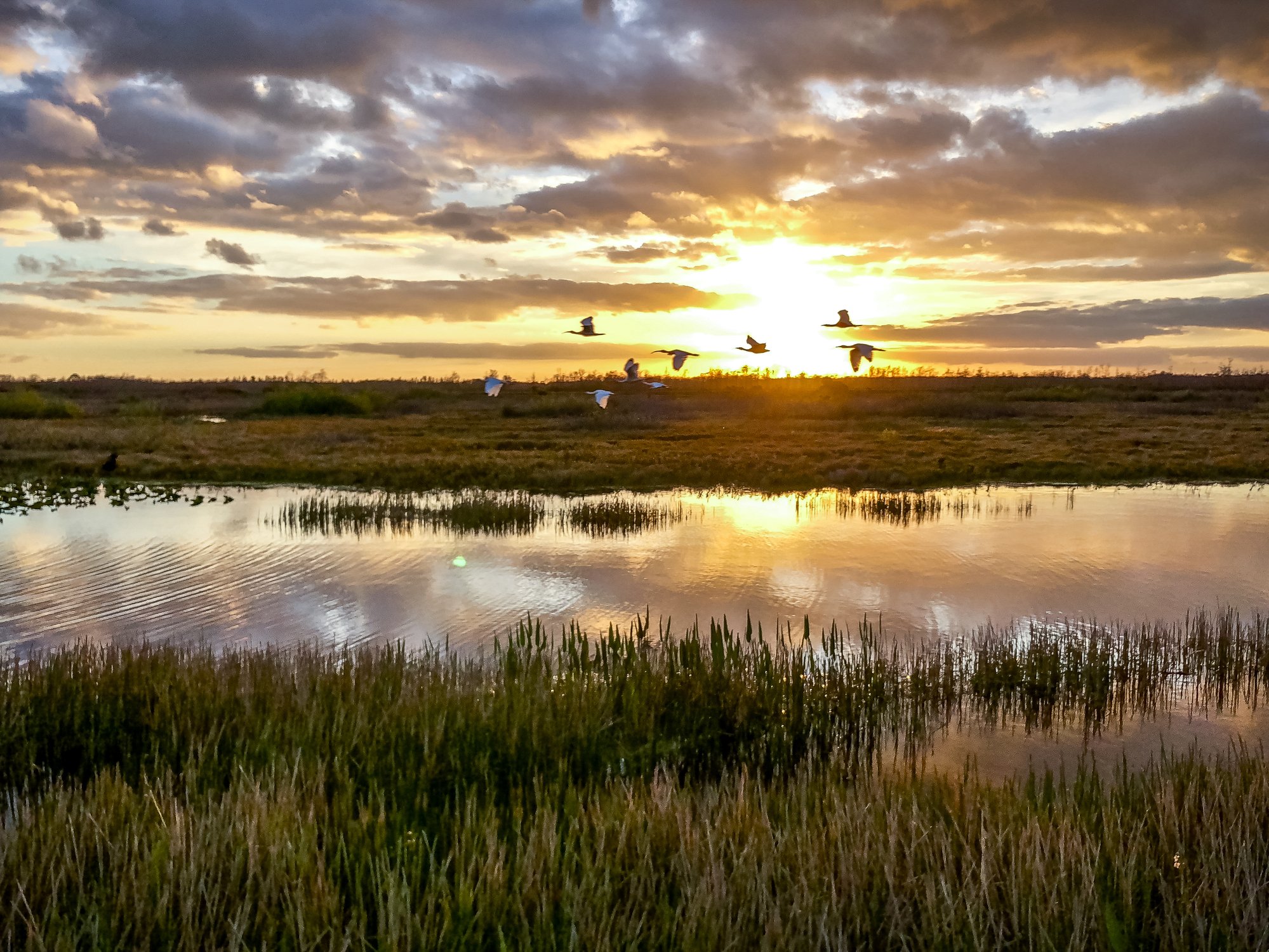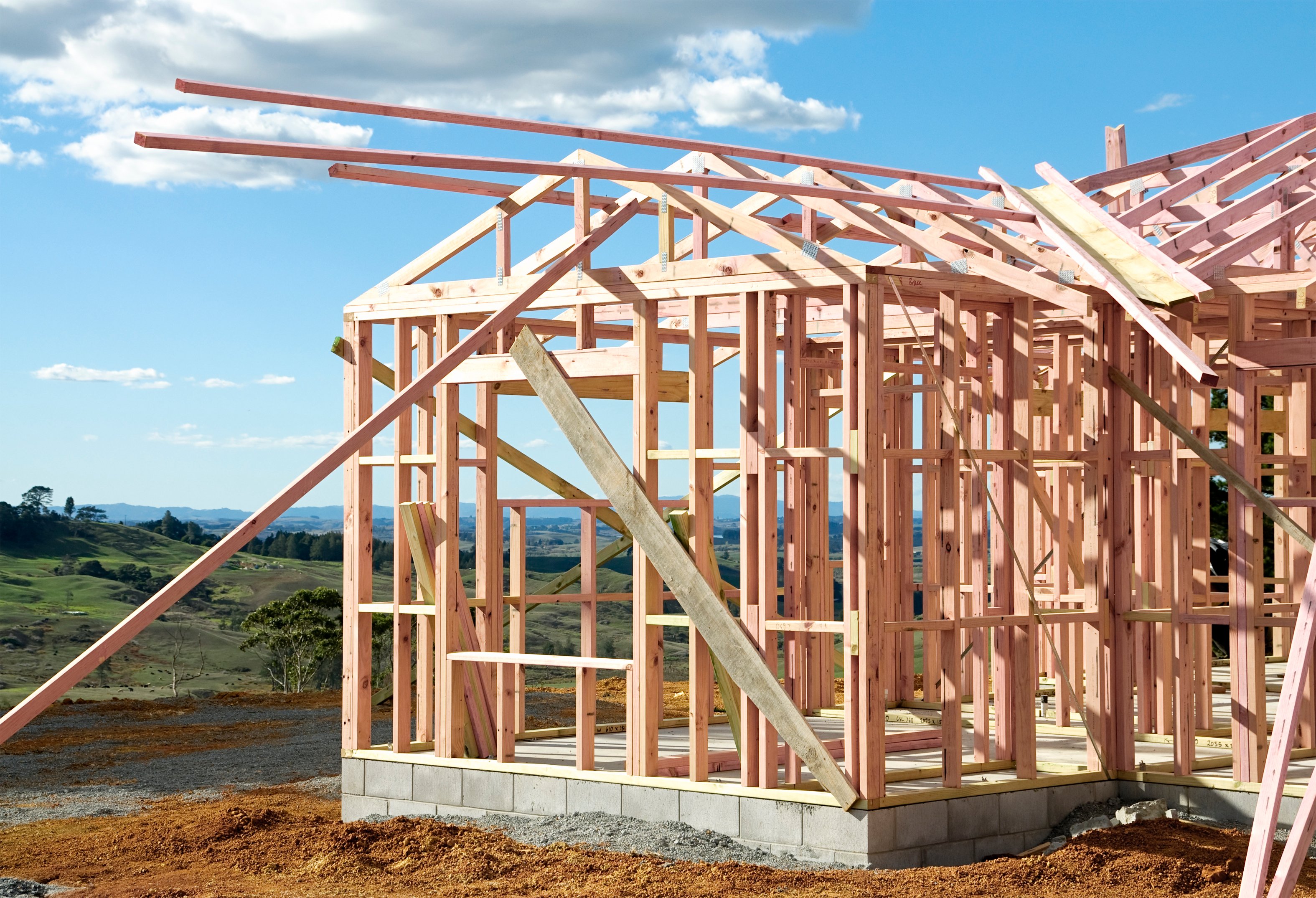A permaculture expert shares 8 tips to prevent drought and conserve water on your rural property.
According to the United States Drought Monitor more than 9 million people in the Southern United States are experiencing abnormally dry to severe drought conditions.
 We all remember a few short years back, when Georgia and Florida were duking it out over water rights while Texas’ epic drought threatened crops, electricity and some residents’ access to clean water.
We all remember a few short years back, when Georgia and Florida were duking it out over water rights while Texas’ epic drought threatened crops, electricity and some residents’ access to clean water.
Though the Southeastern U.S. has had little historical drought trouble compared to the West, we now know not to take our fresh water for granted.
This is especially true if you plan on starting a hobby farm, homestead or other agricultural enterprise.
Water is precious, and learning how to capture and conserve it is of vital necessity to today’s land owner.
Permaculture, the practice of developing self-sustained agricultural ecosystems, has become infamous in drought-ridden regions for restoring barren landscapes to their former lush fertile glory.
This is achieved through specific systems of water capturing, planting and other holistic land design and animal management techniques.
To learn how landowners can drought-proof their investment, we circled back with Cliff Davis of Spiral Ridge Permaculture.
Cliff contributed to our previous article: "How to Build a Pond or Lake on Your Property," and is a sought-after consultant, instructor, homesteader, speaker and permaculture design expert based in Tennessee.
In today’s article, he will help us rethink our relationship with water and show us 8 simple ways to drought-proof your land, or “slow it and spread it, sink it and store it,” for ultimate water security.
Drought-proof Solution #1: Cisterns
In drought-prone countries, it is common to see cisterns or “rainwater tanks” in residential homes.
Larger than a typical rain barrel, these cisterns can hold thousands of gallons of rainwater and may be connected to homes, barns and garages. Cliff explains:
“Having cisterns is a great way to capture rainwater. For example, I have an 800 square foot roof on a small barn I built that gives me 10,000 gallons of water per year at 50 inches of rainfall annually. That equals 800 gallons a month, slightly under 30 gallons a day. And that’s just from one small roof.”
So, how does the Davis family use all this free water efficiently?
“That amount of water can be used to water the animals, gardens and nurseries and the excess goes into rainwater gardens (more on these to come) which recharge our water table. Our goal is to only use well water for indoor use.”
Cliff says large cisterns are typically made of polyethylene and can be ordered online, or you can make your own using a thin application of stucco on a wire cage system.
You can use captured rainwater for human consumption, but it must be filtered with a reverse osmosis system or micron water filter.
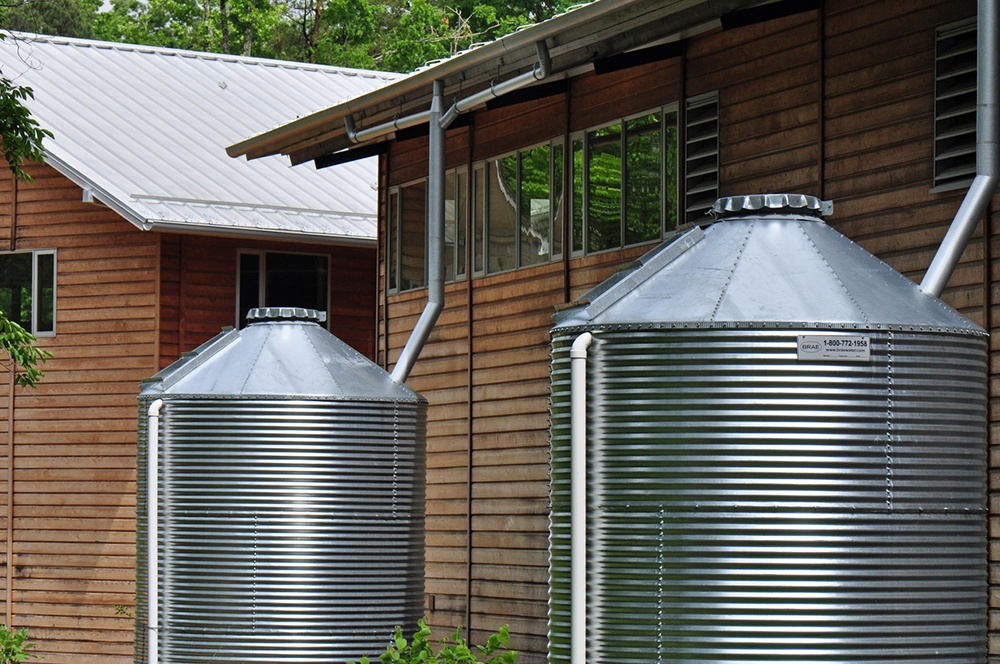
What size cistern do you need for your acreage/farm?
“There are simple equations to figure out the volume of water you’ll get from the size of your roof. “Rainwater Harvesting” by Brad Lancaster has a whole appendix of equations to make calculations simple," says Cliff.
For online resources by Brad Lancaster, including rainwater harvesting calculators and tables, visit his site here.
Drought-Proof Solution #2: Rainwater Gardens
Rainwater gardens are basically small, hand-dug ponds that temporarily collect pools of rain, then eventually reabsorb it back into the land.
Cliff explains, “The best and cheapest place to store water is in the ground, and these miniature ponds help you do that with little effort. They also help create a unique microclimate and provide a home for frogs, snakes and other beneficial wildlife.”
Cliff has several rainwater gardens/mini-ponds on his property strategically positioned to help collect excess water runoff from cisterns and swales.
Drought-Proof Solution #3: Pond Systems
Beyond rainwater gardens, medium and large ponds may be an excellent way to help collect, hold and distribute water on your land while promoting eco-diversity.
But note: installing a medium to large-scale pond requires significant knowledge and investment, and may not be practical for every type of land.
As Cliff said in our previous article:
“You don’t want to just build a pond, you want to build an eco-system. You can irrigate and water livestock from a pond, but you can also use it to create an aquaculture, raise geese, fish, mitigate drought and create microclimates. So there’s a lot to consider in the function of your pond.”
Soil compatibility, budget and finding the right team of engineers, consultants and designers are key factors in planning an effective pond system.
For everything you need to know about installing a pond or lake, check out Cliff’s advice in our previous post here.
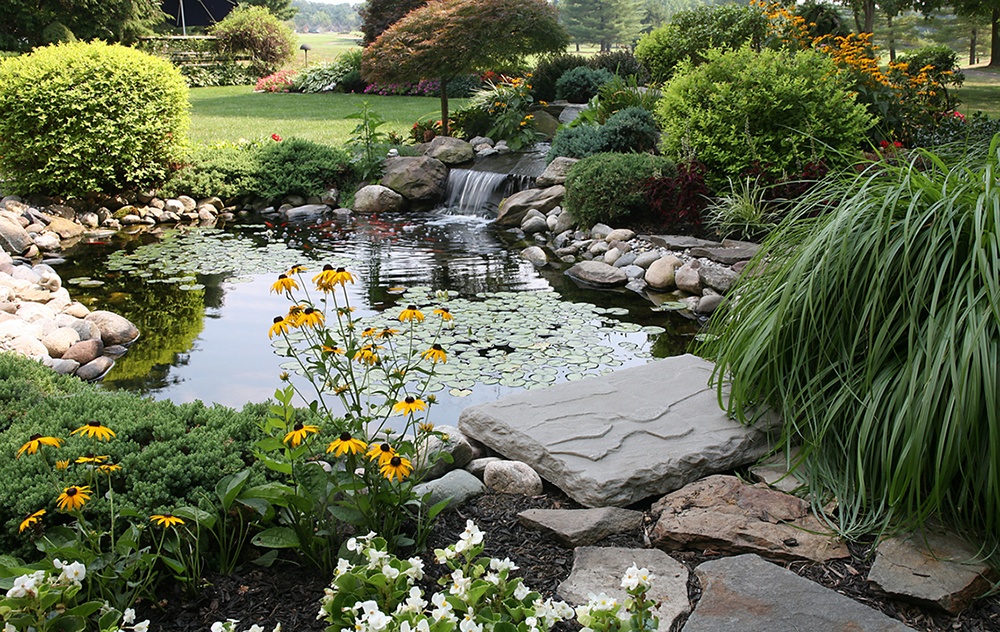
Drought-Proof Solution #4: Build Up Your Soil
The ground is the best and cheapest place to store water, therefore building up rich healthy soil that can hold water is an invaluable drought-proofing technique.
Cliff explains how to do it:
“You want to consider no-till or low-till systems for your gardens, deep heavy mulch and holistic planned grazing of your animals. That way, you’ll start to build up that topsoil and hummus layer which will really absorb water when it comes down.”
In basic terms, holistic-planned grazing is a system of livestock grazing that strategically moves herds around a property to allow grazing lands time to regenerate.
As documented in films like Polyfaces by Regarians Media and Green Gold by John Liu, this type of holistic grazing management is key in restoring drought-ridden landscapes.
Low-till or no-till gardening systems focus on building soil fertility and natural weed management techniques to maintain the health and structure of your soil.
Drought-Proof Solution #5: Swales
Swales, terrace-style mounds or gardens cascading down slopes are synonymous with permaculture.
Designed to help capture water and let it slowly percolate into the ground, a swale can be an invaluable addition to certain types of land. Cliff explains:
“A swale system is a non-compacted berm, either on contour or off-contour that helps collect and feed water into pocket ponds or small little rainwater gardens.”
Swales are typically built using a digger or mini-excavator, but small ones can be built by hand.
But…despite their popularity and mystique, not every type of property needs swales. Cliff explains.
“I think it’s most important to understand the process and ask the question: do you really need swales at all?
“I use them on our land to capture lots of water on a dry ridge and to reestablish tree systems on a landscape that was clear cut. But it’s not always the thing I recommend for everyone because if they aren’t installed properly they’re very costly to fix.
“If you’re going to do major earthworks it’s important to consider hiring a consultant or to really educate yourself, because you might waste a lot of money if your landscape isn’t conducive. Soil type matters, slope matters and your goals as a farm or garden matter.
“Perhaps your earth just needs a little massaging instead of major surgery. So there’s a lot to consider before just putting in a swale.”
Bottom line: swales can be a key component in a successful water harvesting system, but they are not a one-size-fits all.
Hire an experienced consultant to determine if a swale makes sense for your land and goals.
Drought-Proof Solution #6: Rethink Indoor Water Use
It may seem like a no-brainer, but most of us waste a ton of water (and money) indoors.
“Most of our water goes into septic tanks, so simple things like switching to low-flow or composting toilets, not leaving the water running while you’re doing dishes and rethinking appliances can make a world of difference.”
For those who wish to take household water conservation a step further, Cliff also offers this tip:
“Greywater systems are a great way to recycle household wastewater from your sinks, showers, dishwasher and laundry (greywater does not include toilet water) for use in orchards and wetlands.”
Greywater systems are not complicated to install, but you’ll need to check with your local Health Department to see about restrictions and permits.
If your state/county does not permit use of greywater systems, Cliff suggests using other states' precedents to help set new codes in your area.
For more information on all things greywater, check out: “Create an Oasis with Greywater” by Art Ludwig.
Drought-Proof Solution #7: Plant Trees
“Planting trees is another great solution because trees act as hydrological pumps," Cliff says. "A tree brings moisture and nutrients down from the atmosphere through its leaves and interior transport network into the roots. Then it brings those nutrients back up and out causing clouds and moisture.”
Trees also help prevent drought by acting as wind breaks.
“With proper consideration, you can design tree systems to help shelter your crops and animals from the drying and dehydrating effects of wind. They also help create those microclimates that hold more water in your land.”
And, as Cliff explains, plants are important too.
“If you have open land, you want to get some seed down and get plants growing on that landscape because that’s what’s going to hold water in and keep it from sheeting off into nowhere.”
Drought-Proof Solution #8: Rethink Roads and Driveways
Believe it or not, the design of your roads and driveways can have a huge impact on the drought-resistance of your property.
“A typical road is designed like a dry creek bed, and when it rains the water just runs down it in a mad rush. By directing water off of your roads you can capture it into your landscape and help recharge the water table.”
Cliff continues, “Also, a gravel or dirt road is better for the environment as it helps your land absorb water faster and won’t pollute rainwater with petroleum chemicals found in asphalt.”
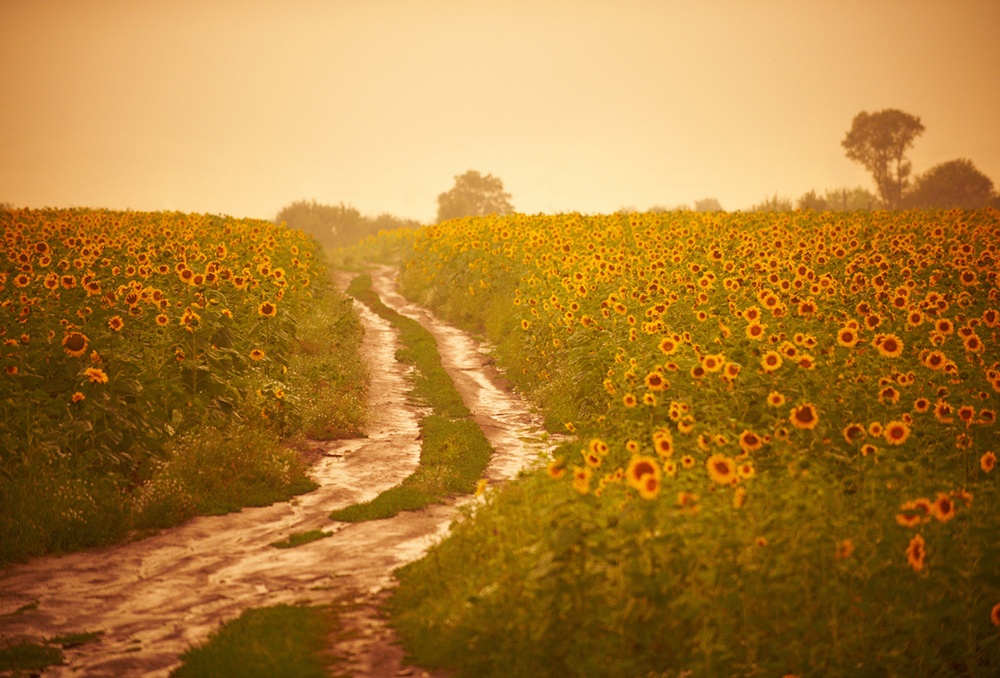
Where to Start?
Since every piece of land, soil, topography, landowner’s goals, etc., are unique, there is not a one-size-fits-all approach to water security.
However, no matter where you are in your property development, you can use one or more of these steps to start drought-proofing your land right away.
If you’ve just begun your land search, you can now view properties from the perspective of water conservation and ask: “What are the roads like?” “Is there a pond?” “Are greywater systems permitted in that state/county?”
If you’re a brand new land owner you can start from scratch by designing functional, water-friendly roads and driveways and planting trees.
If your land is more established, you may want to start by installing a cistern and digging some small rainwater gardens to recharge the water table and save on irrigation.
The good news is, when it comes to drought-proofing there are practical solutions for every type of land, budget and landowner.
To learn more about Cliff Davis including his permaculture consulting services, upcoming lectures and seasonal permaculture trainings check out: www.spiralridgepermaculture.com. To view rural land for sale throughout the Southern United States, visit raydientplaces.com.







